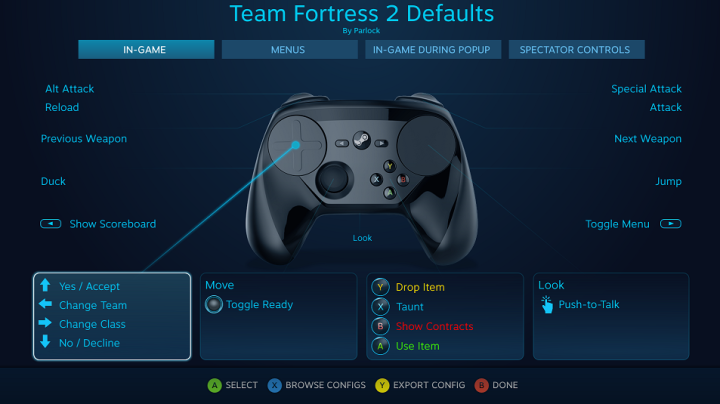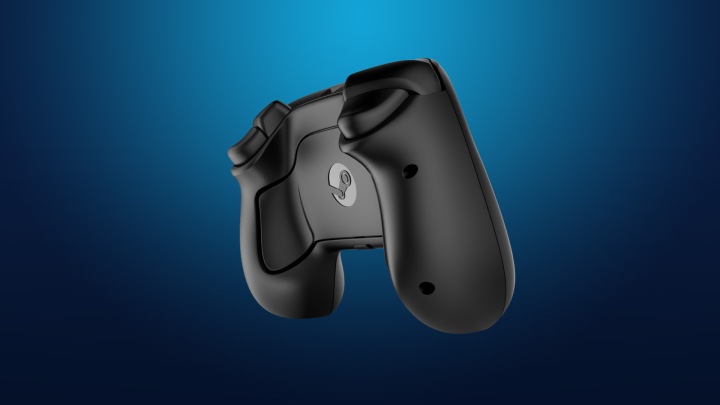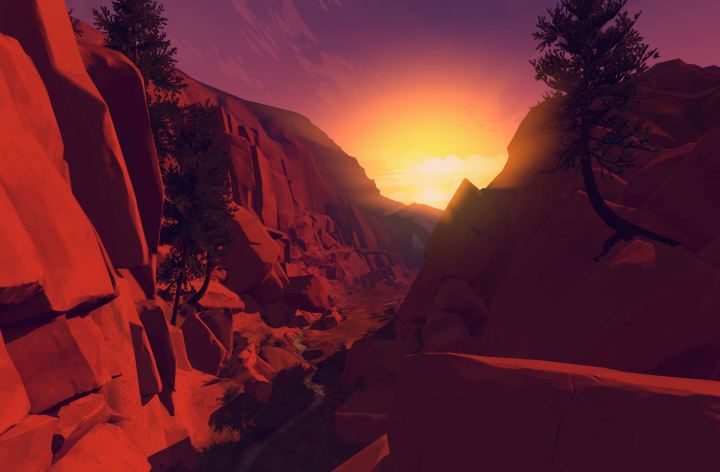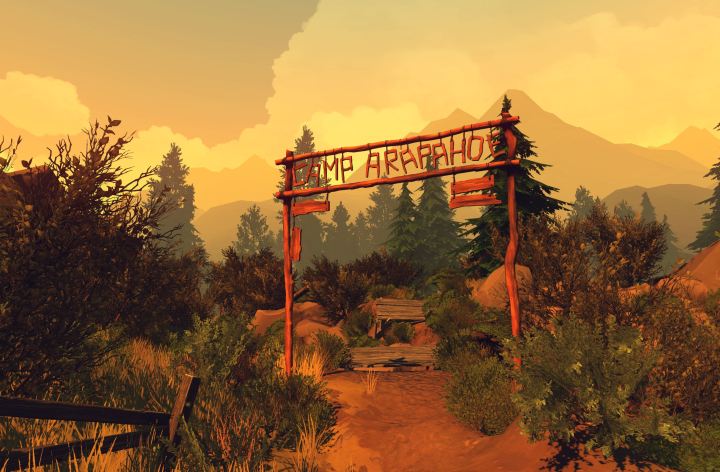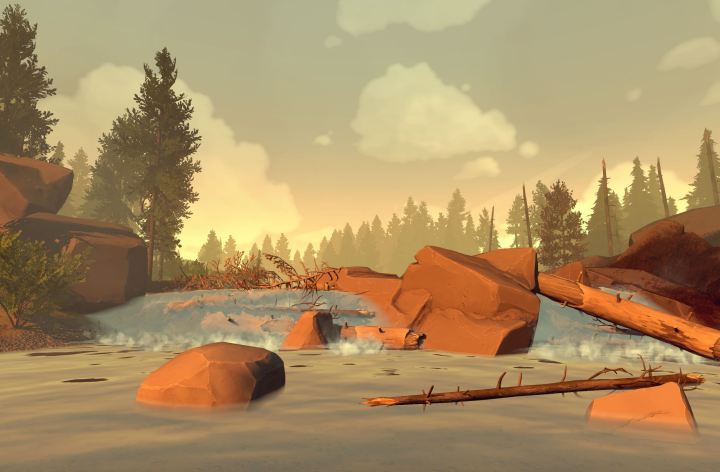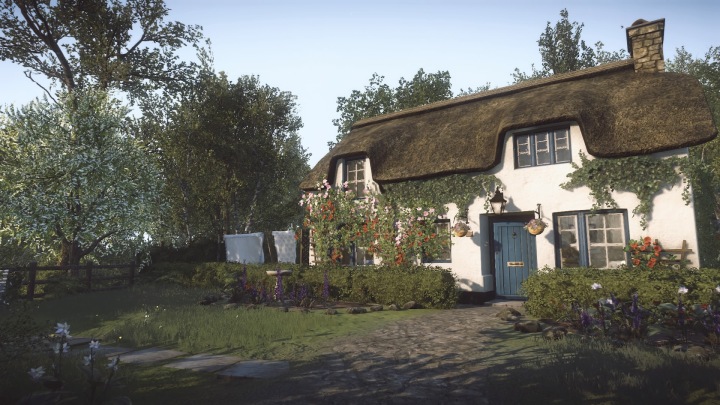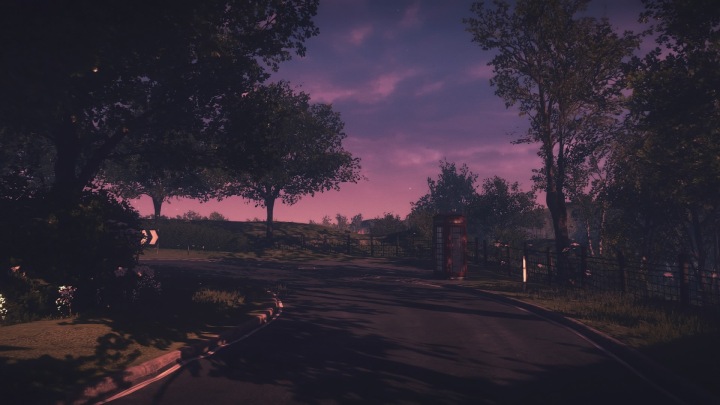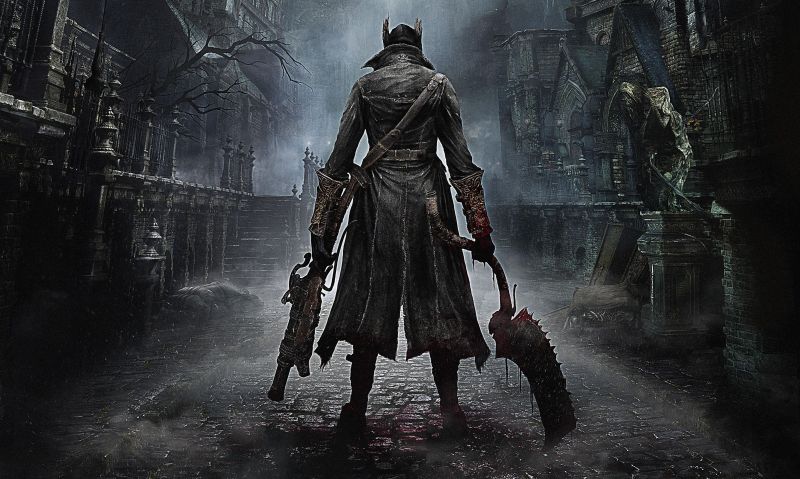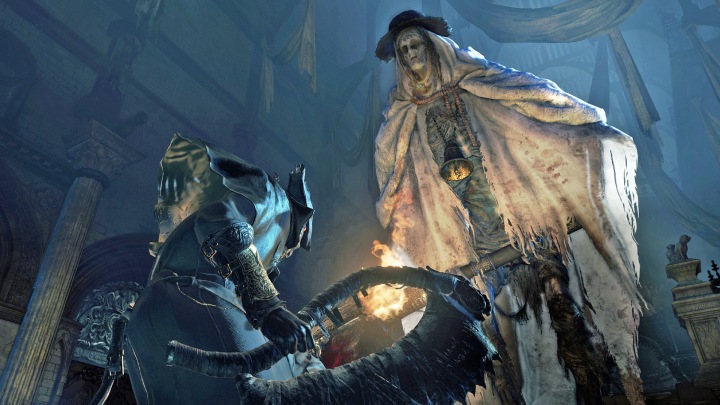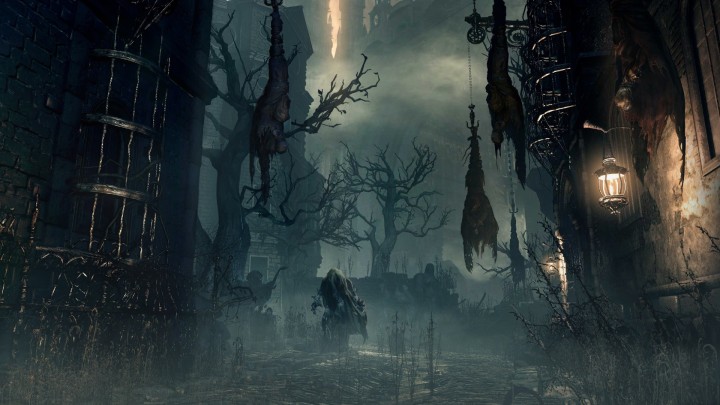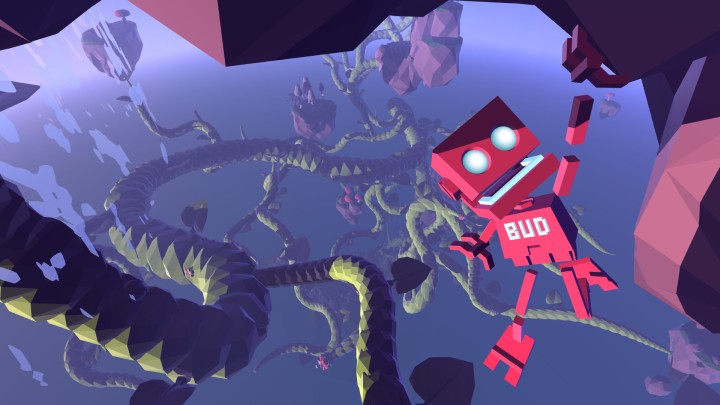Hey gang. This isn’t a particularly planned or structured article, as you can tell by me starting this out with “hey gang” instead of getting to the point.
May’s going to be a bit of an odd month for me, and for the work I do, so I thought I would give you an update and a quick overview of where I’m at right now, and what will be going on in May.
Firstly, the first couple of weeks are dominated by University work. It’s been non-stop since about January and I am so, so burned out right now, but there’s light at the end of the tunnel. I have three assignments left, two of which are practically done and ready to hand in. The last one’s a pretty big one, but after that I’m done. As in, done forever. No more Uni, no more coursework, no more assignments, no more deadlines, and, most importantly, nothing getting in the way of games writing.
I wanted to say thanks to you for being so patient with me during this. Last year I was able to pretty effectively balance Destructoid work and Uni work, but your final year is always the busiest one thanks to the dissertation/thesis/final project/whatever you want to call it. I’ve felt bad about not being able to do much, and it’s the primary reason why the Let’s Play Video Games podcast has been on hold for so long, but that will all change this month.
Once Uni’s done and dusted, I’m taking a short break in the middle of the month. Maybe a week, maybe two, it depends on how bad my workaholic tendencies get during that time and drag me back, but I need some major downtime. I’ll probably still be around on Twitter, but I am banning myself from Google Docs and Word during that time for my own sake.
After that, I’m going to be doing a major overhaul and relaunch of my Patreon (patreon.com/parlock). New branding, new description, the works. I want to focus on writing, Youtube, podcasting, streaming, basically just do anything and everything I can to keep afloat through the big scary world of “full-time games media”. I’m not sure if it’ll pay off just yet, but knowing how rad LPVG fans are, I’m not bricking it quite as much as I probably should be.
I’m not quite sure about what goals I want yet, but I know one of them will be a weekly Joe’s Animal Corner video series where I just talk about animals. Because if there’s one thing a games journalist should talk about, it’s animals. I also want to do a Youtube series of Zoo Tycoon 2 for the same reason.
I’ll still be at LPVG of course, and I’ve got some exciting other opportunities I’ll hopefully be able to talk about soon. I’ve got some ideas for large projects too, but I’m not thinking too hard about them this close after turning in a dissertation. I want to get content up daily if possible, multiple times per week if not. I also want to include friends like Laura and Vikki wherever I can too, but again, that’s specifics I haven’t got nailed down just yet. Go let them know you want them to do stuff with me ;).
So to sum up: May’s mostly going to be quiet from me work-wise, but will end in a big bang. Big Patreon relaunch, big plans for content, and the biggest naps I have ever had literally ever. It’s going to be great.
Thanks for the patience, have a picture of a bear. ❤













